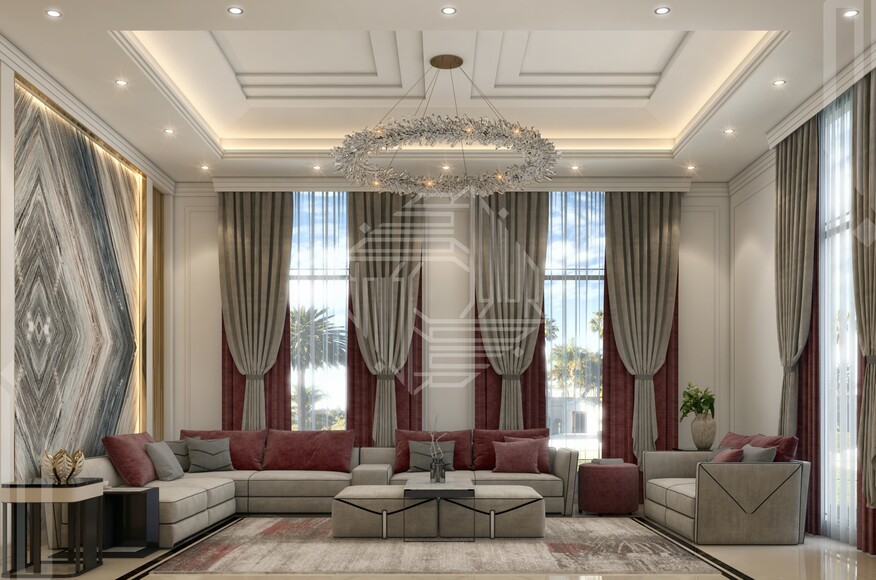In the rapidly evolving landscape of technology, the seamless fusion of audio and visual elements has become a cornerstone for delivering immersive and impactful experiences. Audio-visual integration, the art of harmonizing sound and sight through advanced technological solutions, has transcended traditional boundaries to revolutionize various sectors. In this article, we will explore the significance, applications, and transformative potential of audio visual integration in enhancing communication, entertainment, education, and beyond.
Understanding Audio-Visual Integration:
Audio-visual integration is the process of combining audio and visual components to create a unified and synchronized experience. This integration is achieved through cutting-edge technologies that allow for the seamless interaction between sound and images. From large-scale commercial installations to personal home entertainment systems, audio-visual integration plays a pivotal role in elevating the overall experience.
Applications Across Industries:
- Corporate Environments: In corporate settings, audio-visual integration is instrumental for effective communication. Boardrooms equipped with integrated audio-visual solutions facilitate dynamic presentations, video conferencing, and collaborative discussions. Interactive displays, high-quality sound systems, and smart automation contribute to a professional and engaging environment.
- Entertainment and Hospitality: The entertainment industry relies heavily on audio-visual integration to captivate audiences. From concert venues and theaters to hotels and resorts, immersive soundscapes and stunning visuals enhance the overall guest experience. Smart lighting, large displays, and surround sound systems contribute to creating memorable and engaging entertainment spaces.
- Education and Training: In the realm of education, audio-visual integration has transformed traditional teaching methods. Interactive smartboards, audio enhancement systems, and multimedia presentations engage students in a multisensory learning experience. Virtual classrooms and remote learning platforms leverage audio-visual integration to bridge geographical gaps and facilitate effective knowledge dissemination.
- Healthcare Environments: In healthcare, audio-visual integration is utilized for various purposes, including patient education, telemedicine, and surgical training. High-definition displays, 3D imaging, and virtual reality contribute to advanced medical simulations, enhancing the training of healthcare professionals and improving patient outcomes.
- Residential Spaces: Home entertainment systems showcase the impact of audio-visual integration on personal spaces. Smart home theaters equipped with high-definition displays, surround sound systems, and automated controls offer a cinematic experience within the comfort of one’s home. Smart home integration further allows users to control audio-visual elements with ease.
Key Components of Audio-Visual Integration:
- High-Quality Displays: Cutting-edge display technologies, including LED, OLED, and 4K displays, form the visual backbone of audio-visual integration. These displays provide crisp and vibrant images, ensuring an immersive visual experience.
- Advanced Audio Systems: State-of-the-art audio systems, such as surround sound and immersive audio formats like Dolby Atmos, contribute to creating a rich and dynamic auditory experience. Well-placed speakers and audio processing technologies enhance the spatial dimension of sound.
- Automation and Control Systems: Automation systems play a crucial role in audio-visual integration, allowing users to control various components seamlessly. Smart home integration, touch panels, and voice-activated controls provide users with a convenient and intuitive way to manage their audio-visual environments.
- Collaborative Technologies: In corporate environments and educational settings, collaborative technologies enable seamless interaction. Video conferencing systems, interactive displays, and collaborative software enhance communication and teamwork, irrespective of physical distances.
- Network Infrastructure: A robust network infrastructure is essential for the smooth functioning of audio-visual systems, especially in scenarios involving high-definition streaming, real-time communication, and remote access. Reliable and high-speed networks ensure uninterrupted audio-visual experiences.
Benefits of Audio-Visual Integration:
- Enhanced Communication: The integration of audio and visual elements facilitates clearer and more impactful communication. Whether in business meetings or educational presentations, the combination of visual aids and synchronized audio reinforces the message and keeps the audience engaged.
- Immersive Experiences: Audio-visual integration contributes to creating immersive experiences that transport individuals to different worlds. This is evident in entertainment venues, virtual reality applications, and even themed environments where synchronized audio and visuals create a cohesive and engaging atmosphere.
- Increased Productivity: In corporate environments, well-integrated audio-visual solutions contribute to increased productivity. Interactive displays, collaborative technologies, and efficient communication tools streamline workflows and enhance team collaboration.
- Flexibility and Adaptability: The flexibility of audio-visual integration allows for the adaptation of spaces based on specific requirements. Whether transforming a conference room for a presentation or configuring a home theater for gaming, the versatility of these systems caters to diverse needs.
- Educational Advancements: In education, audio-visual integration has revolutionized the learning experience. Interactive lessons, virtual field trips, and multimedia presentations cater to different learning styles, making education more engaging and accessible.
Challenges and Considerations:
- Cost Considerations: Implementing high-quality audio-visual integration solutions may involve significant initial costs. However, the long-term benefits and enhanced experiences often justify the investment.
- Technical Compatibility: Ensuring the compatibility of various audio-visual components, especially in complex installations, requires careful planning. Integration specialists play a crucial role in designing systems that work seamlessly together.
- Maintenance and Upkeep: Like any technology, audio-visual systems require regular maintenance to ensure optimal performance. Periodic updates, software upgrades, and equipment checks are essential to prevent disruptions.
Conclusion:
Audio-visual integration stands at the forefront of technological innovation, reshaping the way we communicate, entertain, and learn. From corporate boardrooms to home theaters, the harmonious integration of audio and visual elements has become an essential aspect of modern life. As technology continues to advance, audio-visual integration will play an increasingly pivotal role in shaping the future of how we experience the world around us. The synergy of sight and sound, when thoughtfully integrated, has the power to transform ordinary moments into extraordinary experiences, enriching our lives in ways previously unimaginable.
James Martin is a passionate writer and the founder of OnTimeMagazines & EastLifePro. He loves to write principally about technology trends. He loves to share his opinion on what’s happening in tech around the world.



